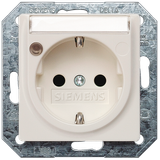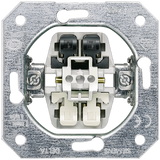Siemens Switches and sockets

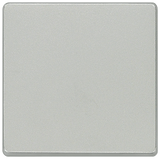
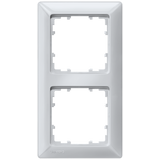



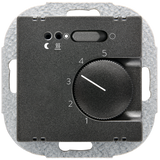

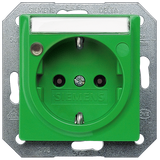

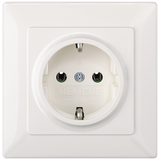
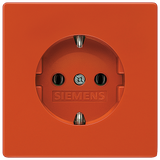
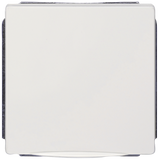
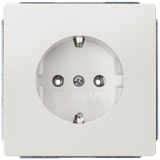

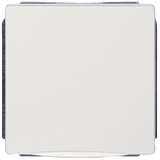
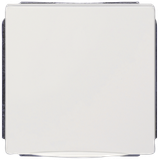



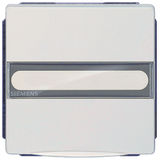
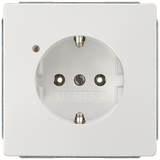
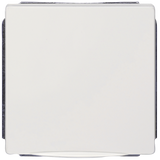

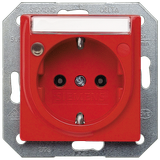
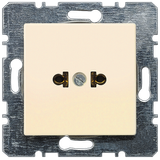
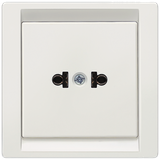
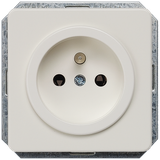
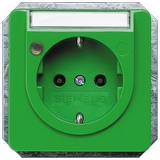

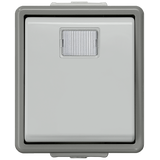



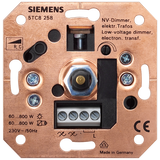
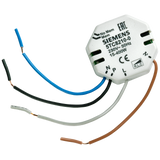

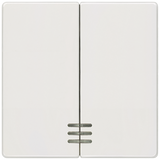

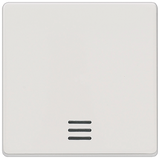

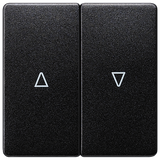
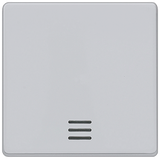
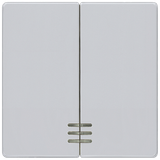
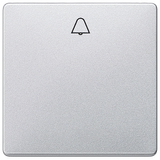

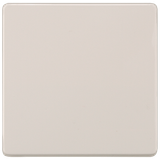



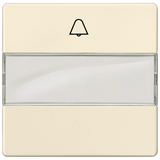
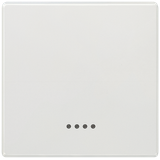

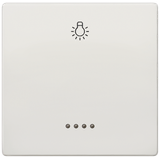
siemens switches and sockets for commercial and residential programs
Siemens builds wiring devices that install fast, tolerate daily use, and keep plates aligned on uneven walls. Frames and mechanisms share a consistent grid, so you can mix rockers, dimmers, USB chargers, and outlets in the same aperture without odd spacers. Typical electrical ratings: 250 V AC at 10 A or 16 A per gang, terminals for 1.5…2.5 mm² copper, and front plates that pass glow-wire 650–850 °C depending on finish. Default ingress is IP20; gasketed variants reach IP44/IP55 for corridors, utility rooms, and sheltered terraces. Plastics are UV-stable; halogen-free options exist where LSZH is specified.
siemens wall switches mechanisms and ratings
Mechanisms cover 1-way, 2-way, and intermediate, plus momentary, key/selector, and scene buttons. Contacts use AgNi/AgSnO₂ tips with positive-opening NC where interlocks are required. Electronic control options include trailing-edge (MOSFET) dimmers for LED drivers (typ. 5–150 W LED), leading-edge (TRIAC) for legacy loads, and interfaces for 1–10 V or DALI-2 when luminaires sit on a controls backbone. Derating in multi-gang plates matters: leave a spare gang or use spacer frames if several dimmers share one box. Mechanical endurance typically reaches 50k–100k operations; ambient −5…+40 °C on room devices, with storage to −25…+70 °C. Standards: EN/IEC 60669-1 for switches, 60669-2-1 for electronic controls, EMC to the EN 61000 family.
Other Siemens products:
siemens electrical sockets grids and formats
Outlets ship in Type F (Schuko) and Type E/F hybrid, plus 2-pin Euro for low-power appliances. Child-resistant shutters are standard on public-area variants. Expect 16 A, 250 V AC ratings, clamp or screw terminals, and angled faces for furniture recesses. Add-ons include surge-suppressed outlet modules for sensitive equipment, and USB-A/C chargers (project SKUs commonly 18–30 W combined or USB-C PD up to 20–30 W). For wet-adjacent zones, select IP44/IP55 plates with sealed collars; in coastal buildings, nickel-plated contact assemblies slow corrosion. Compliance aligns with IEC 60884-1; clearances and creepage follow 250 V mains tables.
siemens modular wiring devices layouts and finishes
Frames run 1–4 gang in narrow and wide trims, with thermoset, ABS, or metal fronts. Euro and UK box standards are supported; spacer rings help where the plaster is shallow or uneven. Low-profile rockers keep projections small near cabinetry; tactile caps help in gloves. Locator LEDs use low-leakage drivers to avoid ghosting on high-impedance inputs. Face finishes use micro-texture to resist cleaning swirls in hospitality and healthcare. For uniformity across floors, lock two neutral finishes (e.g., matte white and brushed metal) and one public-area vandal-resistant spec.
Integration and accessories for siemens switchgear systems
Room devices tie neatly into Siemens breakers, RCDs, and control gear already in the switchboard. Divider trunking keeps SELV (1–10 V/DALI) away from mains; compression glands must match jacket OD to preserve IP. Where control plates trigger scenes, expose volt-free contacts or bus interfaces per the lighting control schedule. Label frames, printable sleeves, and engraved plates keep wayfinding consistent. In specs that call out siemens power outlets at desks next to data points, use a single bezel language so furniture fronts read as one system. For site kits, list small parts under siemens installation accessories—spacer rings, gaskets, locator LEDs, and screw packs—so crews don’t hunt SKUs at handover.
Other Siemens products
Selection and installation notes for B2B teams
- Circuit logic: fix 2-way + intermediate in corridors early; it drives box counts and chase routes.
- Dimming: prefer trailing-edge for LEDs; document the approved dimmer list and record the minimum stable set-point during commissioning.
- Thermal: in multi-gang plates with several electronic modules, leave a blank or use spacer frames to control temperature rise.
- Boxes: loop-in at the switch wants ≥12 mm free depth behind terminals; short-body inserts help in 35 mm boxes.
- Ingress: IP44/IP55 where cleaning or splash is credible; confirm gasket compression after paint.
- Identification: engrave plate legends or use snap-in frames—stickers peel under solvents.
- Maintenance: standardize one insert family across buildings; spares then cover both apartments and public floors.
Advantages of working with Bankoflamps
We map mechanism counts, finishes, and dimmer loads to your room schedules, then show live EU stock before installers are booked. Quotations typically return in about an hour with EAN/MPN so ratings, frames, and control inserts don’t drift mid-phase. Your portal displays lead times, shipment status, and downloadable price lists; pricing validity aligns with project gates. Approved clients can use post-payment up to 30 days. We consolidate partials by room or floor to cut freight and on-site sorting, and your account manager cross-checks circuit logic, box depth, frame size, ingress class, dimmer load window, engraving, and labeling against your drawings—so cartons land site-ready and crews wire once.


